May 1, 2020
by Mikhail Elyashberg, Leading Researcher, ACD/Labs
Vagiallene
A very large number of structurally diverse compounds have been isolated from members of the genus Laurencia over the past 60 years. More than 1050 secondary metabolites have been reported from the species and of mollusks grazing on them, sparking the interest of many scientists from multidisciplinary fields.
E. Ioannou et al [1] have developed an integrated metabolomic platform for the identification of known compounds and the detection of new metabolites at the early stages of phytochemical analysis. The developed strategy was applied to a large number of extracts and fractions derived from Laurencia populations collected from the Aegean and Ionian Seas. As a result, the authors revealed the presence of a trace constituent (1) possessing the molecular formula and a carbon skeleton unprecedented in natural products .
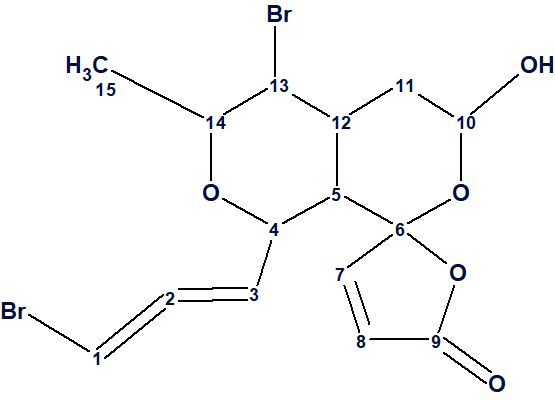
1
Vagiallene was isolated through a series of chromatographic separations. The compound was obtained in very small amounts (@ 230 μg). It was obtained as a colorless oil. In its HR-ESI-MS analysis in negative-ion mode, compound 1 displayed an [M − H]− ion peak at m/z 432.9286 with isotopic ion peaks at m/z 434.9262 and 436.9241 at a relative intensity of 1:2:1, consistent with molecular formula C15H15Br2O5. The absorption band in the IR spectrum at 3423 cm−1 indicated the presence of at least one hydroxy group in the molecule, while the absorption band at 1768 cm−1 suggested the occurrence of an unsaturated five-membered lactone. Unfortunately, the authors do not present a copy of the IR spectrum and do not mention whether they observed an absorption band near 2000 cm -1 which is very characteristic for the asymmetric vibrations of theallene group. The presence of a bromoallene group was deduced from two de-shielded methines (δH/C 5.39/100.4 and 6.17/74.6) and a carbon resonating at δC 204.0. The structure of vagiallen was elucidated from 1D and 2D NMR spectra (Table 1).
Table 1. NMR spectroscopic data used for vagiallen structure elucidation.
| Label | δC | δC calc(HOSE) | CHn | δH | M(J) | COSY | H to C HMBC |
| C 1 | 74,6 | 76,12 | CH | 6,17 | u | 5,39 | |
| C 2 | 204 | 202,9 | C | ||||
| C 3 | 100,4 | 100,49 | CH | 5,39 | u | 4.49, 6.17 | |
| C 4 | 70,1 | 70,41 | CH | 4,49 | u | 2.09, 5.39 | |
| C 5 | 49,4 | 50,42 | CH | 2,09 | u | 3.04, 4.49 | C 6 |
| C 6 | 107,1 | 111,4 | C | ||||
| C 7 | 152,7 | 153,19 | CH | 7,3 | u | 6,15 | C 6, C 9 |
| C 8 | 122,5 | 124,37 | CH | 6,15 | u | 7,3 | C 6 |
| C 9 | 169 | 171,28 | C | ||||
| C 10 | 95,3 | 92,34 | CH | 5,44 | u | 1.85, 3.27 | |
| C 11 | 28,4 | 34,55 | CH2 | 1,85 | u | 3.04, 5.44 | |
| C 11 | 28,4 | 34,55 | CH2 | 2,48 | u | ||
| C 12 | 36,3 | 35,73 | CH | 3,04 | u | 1.85, 2.09, 3.97 | |
| C 13 | 55,7 | 57,54 | CH | 3,97 | u | 3.04, 3.91 | |
| C 14 | 72 | 76,01 | CH | 3,91 | u | 1.36, 3.97 | C 4 |
| C 15 | 20,6 | 18,49 | CH3 | 1,36 | u | 3,91 | |
| O 1 | OH | 3,27 | u | 5,44 |
The data from Table 1 were entered into ACD/Structure Elucidator and the Molecular Connectivity Diagram (MCD) was created using options (Figure 1) where all three kinds of carbon hybridization including sp are allowed.
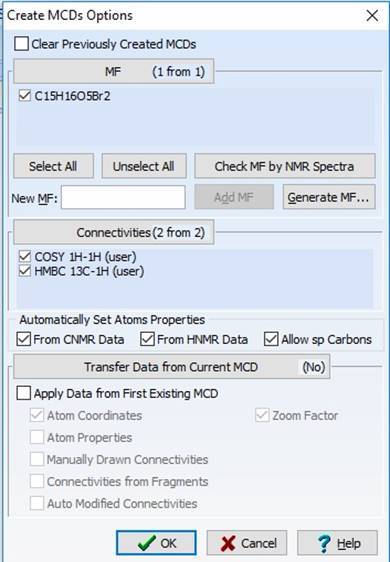
Figure 1. Options used for creation of MCD.
The MCD created by the program is shown in Figure 2.
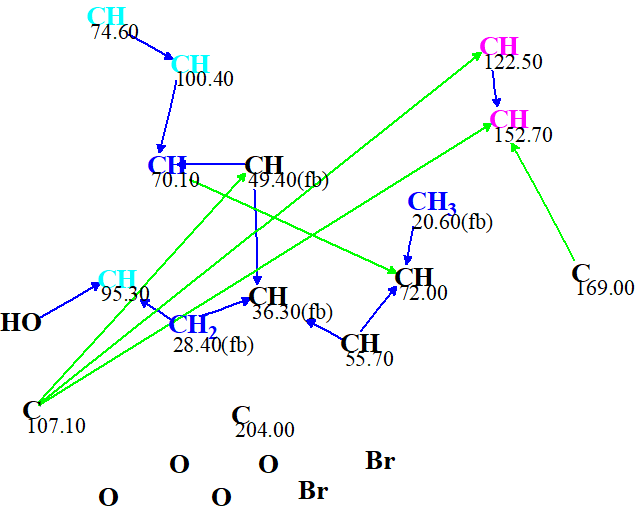
Figure 2. Molecular connectivity diagram.
In Figure 2, carbon atoms whose hybridizations are ambiguous are colored black, while carbons characterized by two possible hybridizations – sp3 or sp2 – are marked by light blue color. Interestingly there appears to be no correlations to the carbon atom at 204.0 ppm (floating atom) so the generation is expected to take longer time. The MCD checking for 2D NMR data consistency was completed with the following program message: “Current Molecular Connectivity Diagram (MCD) passed all tests.” Therefore, strict structure generation accompanied with 13C chemical shift prediction and spectral filtering was initiated. Results: k = 1158 → (filter) → 0, tg = 8s. We see that all the structures generated were rejected by spectral filtering. To see the rejected structures, the structure generation was repeated with the filter switched off.
Three “best” structures of the output file are shown in Figure 3.
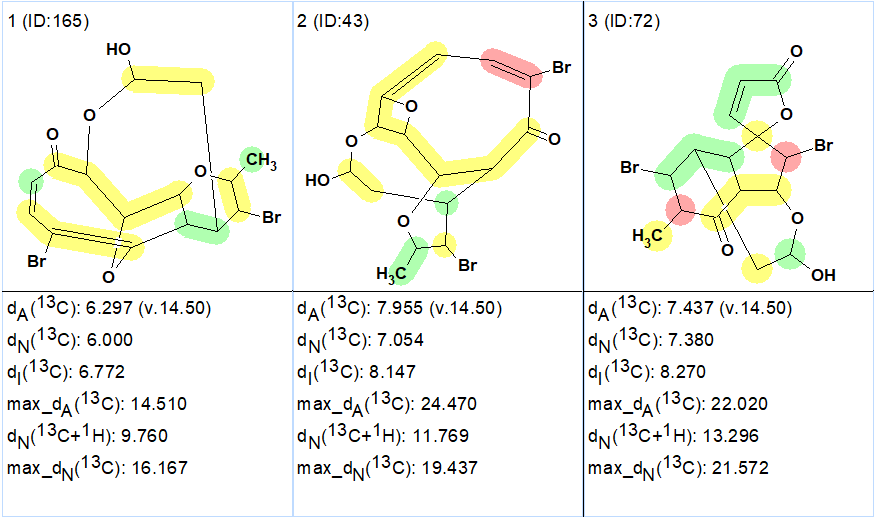
Figure 3. Strict structure generation. The three “best” structures of the output file.
Figure 3 shows that all average deviations are extremely large, which can be considered as a hint to the presence of nonstandard correlations (NSCs, nJCH, nJHH, n>3) which were not detected in the 2D NMR data during MCD checking.
Therefore, Fuzzy Structure generation (FSG) was carried out with the following options: number of possible NSCs is one (m=1) and the length of the correlation can be any (a=16). Results: k = 122,165 → (filter) → 6 → (removing duplicates) → 6, tg= 2m51s .
The first four structures of the output file ranked in descending order of average deviations dA calculated using HOSE code based method of 13C chemical shift prediction are shown in Figure 4.
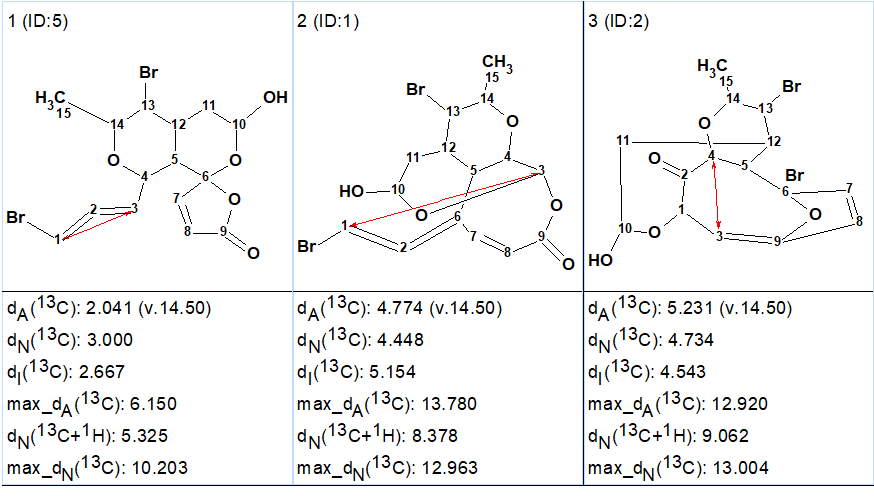
Figure 4. Four top ranked structures of the output file.
Figure 4 shows that structure #1 has acceptable deviations and fully coincides with the structure of vagiallen determined by the authors [1]. The competing structures are readily rejected due to very large average deviations. The red two-sided arrow denotes a COSY nonstandard correlation detected by the program in the process of FSG. Structure 1 with assigned 13C chemical shifts is shown below:
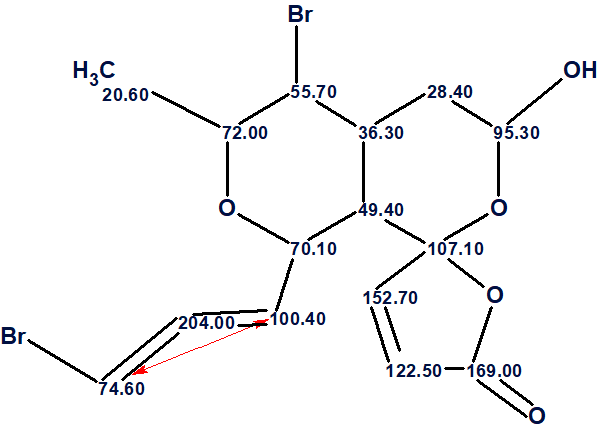
Thus, the structure of a new natural product characterized by an unprecedented skeleton was elucidated by ACD/Structure Elucidator automatically without requiring any user assumptions.
References
- S. Perdikaris, A. Mangoni, L. Grauso, P. Papazafiri, V. Roussis, E. Ioannou. (2019). Vagiallene, a Rearranged C15 Acetogenin from Laurencia obtusa. Org. Lett. 21: 3183–3186.


